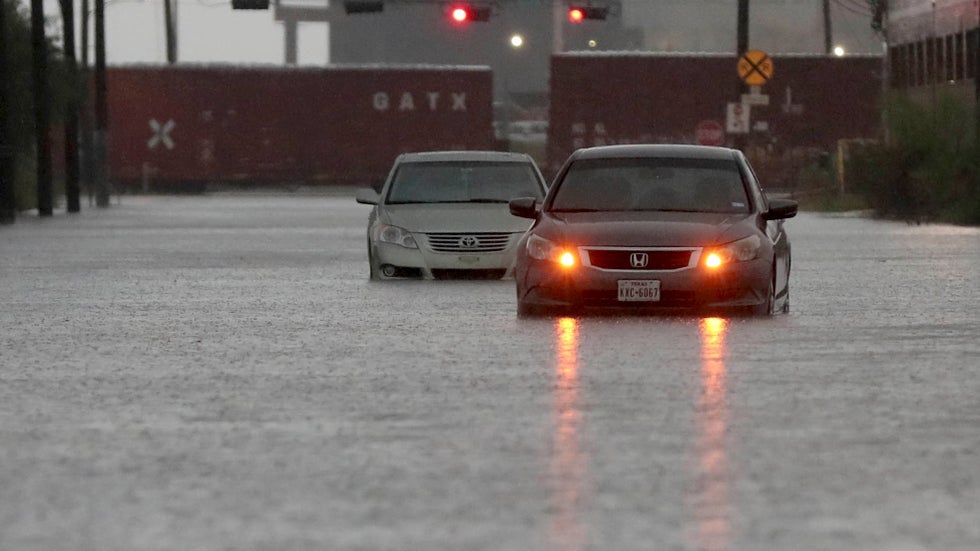
The National Weather Service is changing the way it sends flash flood warnings to cellphones and other mobile devices in hopes that people will pay more attention in life-threatening situations.
Starting in January, such warnings will only be sent when a flood's threat level is deemed "considerable" or "catastrophic." Those terms are meant to indicate a life-threatening event that requires immediate action, similar to a tornado warning.
The move aims to pare down on the number of flash flood alerts that people receive – and to make sure they know when potential impacts are truly dire.
"This is our way of getting to the public and making them aware they’re in a hazardous situation," Mary Mullusky, chief of the NWS Water Resources Services Branch, told weather.com.
The agency issues more than 4,000 flash flood warnings a year, and each of those triggers a wireless alert to people in the affected geographic area. The new system will cut that by as much as 80%, Mullusky said.
The change is partly in response to complaints from consumers who said they received too many alerts. Officials also hope fewer alerts will lead to a sense of urgency when one is issued.
"We’ve heard that there is warning fatigue," Mullusky said. "We see in tornadoes that people know exactly what to do when they get that alert so we are trying to get to that level."
The format of the alerts has also changed to be more impact-based. Flood warnings are now sent with easy-to-read bullet points, including details on the flash flood hazard, the source of the information and potential impacts.
Flash floods are the No. 1 weather killer in some parts of the United States and can happen at any time of the year. More than 90 people have died so far this year in floods across the U.S., most of whom were in cars caught in rushing water, according to the NWS.
The Weather Company’s primary journalistic mission is to report on breaking weather news, the environment and the importance of science to our lives. This story does not necessarily represent the position of our parent company, IBM.
The Weather Company’s primary journalistic mission is to report on breaking weather news, the environment and the importance of science to our lives. This story does not necessarily represent the position of our parent company, IBM.

No comments:
Post a Comment